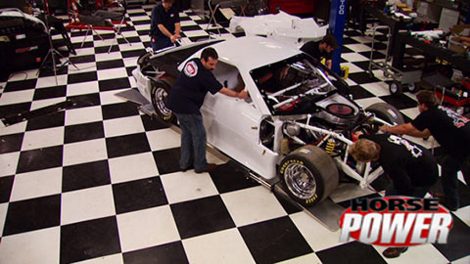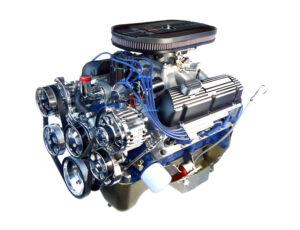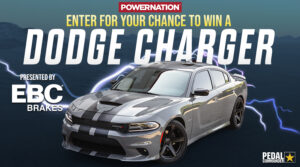HorsePower Builds
Want more content like this?
Join the PowerNation Email NewsletterParts Used In This Episode
Advance Auto Parts
Autocraft Titanium battery.
Coleman Machine Inc.
(5) lug nuts, wheel adapter wide five to 5x5, pair of brake air inlet ducts.
Fire Bottle Racing
Fire suppression system with pull handle, brackets, tubing.
Hoerr Racing Products
Headlight decals, Rabbit decals, HRPworld.com windshield banner.
Intercomp Racing
Toe-in plates, digital caster/camber gauge with case, gauge adapter for wide five bolt pattern. Intercomp scales.
Vette Speed.net
Installation and fabrication of racing stripes and logos.
YearOne
Year One Experience.





























